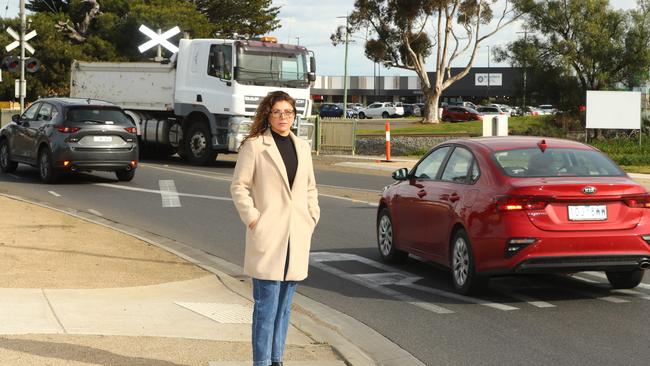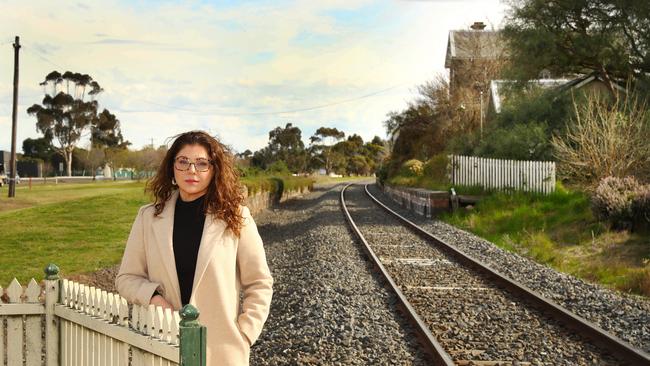Calls for transport diversity in Bannockburn to avoid grim G21 commuter predictions
Every morning there’s a traffic jam in the small town of Bannockburn, and things are only getting worse.

Geelong
Don't miss out on the headlines from Geelong. Followed categories will be added to My News.
Gridlock is not something you typically associate with a country town, but for rapidly growing Bannockburn it’s fast becoming a daily reality.
New data shows that as traffic worsens throughout the region, the commute to the Geelong CBD from the small Golden Plains Shire town could increase by up to 67 per cent by 2041.
Under these G21 predictions, travelling the 22km journey could take 45 minutes.
This increase would see Bannockburn residents spending an extra 36 minutes on the road each day, meaning commuters who make the daily journey could spend the equivalent of 18 working days in the car throughout the course of a year.
These predictions have Karly Lovell, who has lived in Bannockburn for 15 years and commutes to Geelong the CBD daily, questioning her living arrangements.
“It just makes me feel like ‘Oh, where should I be living instead to avoid that?’,” she said.
“It costs money to be stuck in that sort of traffic, trying to get the kids to school as well, trying to get to work, it all just sounds hard.”
These figures are not surprising to Ms Lovell, who said it was part of a trend that’s been continuing since she moved out of Geelong to Bannockburn.
Ms Lovell, who is also a G21 transport and planner pillar member, leaves about 8am each day to start her commute and drops the kids off at school, before trekking into the CBD.
For Ms Lovell the spike in time spent on the road is precious time wasted, while it appears no solutions are currently in the works.
“I think the conversation we’re not having in Geelong is the cost of not doing anything,” she said.
“It seems to be easier to do nothing, in terms of getting an investment in returning a passenger line to the network to support this population growth.”

The Geelong to Ballarat passenger line ceased stopping at Bannockburn in 1972, leaving unpopular bus replacements.
Freight trains still use the line, however the tracks aren’t suitable for passenger vehicles.
Since then industry and population throughout the region has boomed, Ms Lovell said the region does not have the infrastructure currently to continue to support this boom.
“It’s well researched just what passenger rail brings to areas, it brings prosperity and it brings affordability,” she said.
Bannockburn and the surrounding area is not the only part of the Geelong region staring down the barrel of further commuter chaos, as the population continues to balloon.
The Geelong Advertiser reported last month that delays for drivers caught in traffic in the area are predicted by the Geelong Region Alliance’s transport strategy to be five times worse in 2041 than in 2016, with commutes to the CBD from Lara (14 minutes), Curlewis (33), Ocean Grove (29), and Torquay (20) increasing dramatically.
The report found driver’s on Greater Geelong roads will collectively spend an extra 60,000 hours a year on the road by 2041.
More Coverage
Originally published as Calls for transport diversity in Bannockburn to avoid grim G21 commuter predictions




